

Articles
How To Store Books Properly
Modified: August 28, 2024
Learn the best way to store articles and keep them in pristine condition with our helpful guide. Protect your valuable collection and prevent damage.
(Many of the links in this article redirect to a specific reviewed product. Your purchase of these products through affiliate links helps to generate commission for Storables.com, at no extra cost. Learn more)
Introduction
Welcome to the world of books, where imagination knows no bounds and knowledge awaits on every page. Whether you’re an avid reader or a book collector, it’s important to store your books properly to preserve their longevity and maintain their value. In this article, we will guide you through the process of storing books in a way that not only keeps them safe but also makes it easy to find and enjoy your favorite reads.
Proper book storage involves several key factors, including choosing the right location, organizing books by type or genre, and using the correct handling and storing techniques. By following these steps, you will ensure that your books are well-maintained, protected from damage, and readily accessible whenever you’re in the mood for a literary adventure.
So, let’s dive into the world of book storage and discover how you can give your beloved books the care and attention they deserve.
Key Takeaways:
- Proper book storage involves choosing the right location, organizing by genre, and using the correct handling techniques. By following these steps, you can ensure your books are well-maintained and readily accessible for literary adventures.
- Utilizing bookends and dividers, protecting books from dust, sunlight, and moisture, and regularly maintaining your storage area are essential for preserving the condition and value of your beloved books.
Read more: How To Store Food Properly
Choosing the Right Storage Location
When it comes to storing books, the location plays a crucial role in ensuring their longevity. The right storage location should provide a stable environment that is free from extreme temperature changes, excessive humidity, and direct sunlight.
Firstly, consider the temperature of the storage area. Books are sensitive to fluctuations in temperature, as high heat can cause pages to warp and ink to fade, while cold temperatures can lead to brittleness. Ideally, the temperature should be kept between 60°F and 70°F (15°C to 21°C).
Secondly, pay attention to the humidity levels in the storage space. Excessive moisture can lead to the growth of mold and mildew, which can irreversibly damage your books. Aim for a relative humidity level of about 45% to 55%. You can use a dehumidifier or moisture-absorbing products to help maintain an optimal level of humidity.
In addition to temperature and humidity, it’s important to keep your books away from direct sunlight. Prolonged exposure to UV rays can cause discoloration and fading of book covers and pages. Choose a storage location away from windows or consider using curtains or blinds to block out sunlight.
Another factor to consider is the stability of the storage space. Avoid areas prone to leaks or flooding, as water damage can be disastrous for books. Additionally, be mindful of the structural integrity of shelves or bookcases. Ensure they are sturdy enough to support the weight of your books without sagging or bending.
In summary, the ideal storage location for books should have a stable temperature between 60°F and 70°F (15°C to 21°C), a relative humidity level of 45% to 55%, protection from direct sunlight, and a structurally sound environment. By choosing the right location, you lay the foundation for the proper preservation of your cherished books.
Cleaning and Preparing the Storage Space
Before placing your books in the storage space, it’s important to clean and prepare the area to ensure a clean and safe environment for your books. Here are some steps to follow:
1. Clear the Space: Begin by removing any clutter or debris from the storage area. Clear out shelves or bookcases and create a clean and empty space for your books.
2. Dust and Clean: Thoroughly dust the shelves, bookcases, and any surfaces in the storage space. Use a soft cloth or a microfiber duster to gently remove any dust buildup. Avoid using harsh chemicals or cleaning solutions that could potentially damage the books.
3. Check for Pests: Inspect the storage area for any signs of pests, such as mice or insects. Look for droppings, chewed paper, or nests. If you discover any pest infestations, take appropriate measures to address the issue before placing your books in the storage space.
4. Ventilation: Ensure that the storage area has proper ventilation to prevent the buildup of stale air or musty odors. If necessary, use a fan or open windows periodically to circulate fresh air.
5. Consider Shelving Options: Evaluate the shelving options available for your book storage. Opt for bookcases or shelves that are sturdy and of the appropriate size to accommodate your collection. Adjustable shelves can be beneficial in accommodating books of different sizes.
6. Protect the Surfaces: Consider lining the shelves or bookcases with acid-free paper or shelf liners. These protective materials create a barrier between the books and the surface, preventing any potential damage or transfer of chemicals.
By cleaning and preparing the storage space, you create a suitable environment that is free from dust, pests, and potential hazards. This step sets the stage for a safe and organized home for your beloved books.
Organizing Books by Type or Genre
Once you have chosen the right storage location and prepared the space, the next step in proper book storage is organizing your books. One effective method is organizing your books by type or genre. This not only makes it easier to find specific books but also adds a sense of order and aesthetics to your collection. Here are some tips on how to organize your books:
1. Categorize by Genre: Start by categorizing your books into different genres, such as fiction, non-fiction, biographies, science fiction, mystery, romance, etc. This allows for easy navigation and retrieval based on your reading preferences.
2. Subdivide Genres: For larger genre categories, consider subcategorizing them for further organization. For example, within the fiction genre, you can create sections for classics, contemporary fiction, fantasy, and so on. This helps in locating books within specific sub-genres.
3. Chronological Order: If you have books that are part of a series, consider organizing them in chronological order. This is particularly useful when reading a series and helps in maintaining continuity and understanding the story progression.
4. Size and Format: If you prefer a more visually appealing arrangement, you can consider organizing books based on their size or format. Group together hardcovers and paperbacks or arrange them from tallest to shortest. This creates a visually appealing display and adds an element of artistry to your bookshelf.
5. Personal Preference: Ultimately, organizing your books should be based on your personal preference and what makes the most sense to you. Take into account how you typically search for books and what arrangement will be the most convenient for you.
By organizing your books by type or genre, you can create a system that enables efficient browsing and easy retrieval. Not only will this save you time searching for specific titles, but it will also add a sense of harmony and organization to your book storage space.
Sorting Books Alphabetically or by Author
Another popular method of organizing books is sorting them alphabetically, either by the title of the book or the author’s last name. Alphabetical sorting provides a systematic way to locate specific books and ensures consistency in the way your books are arranged. Here’s how you can sort your books alphabetically:
1. By Title: If you choose to sort your books alphabetically by title, arrange them in ascending order from A to Z. When organizing books by title, it’s important to include articles like “a”, “an”, and “the” when determining their placement. For example, “The Great Gatsby” would come after “Gone with the Wind.”
2. By Author: Sorting books alphabetically by the author’s last name is a common method used in libraries and bookstores. Arrange the books in ascending order based on the author’s last name. For books with multiple authors, use the last name of the first-listed author. If there are books with the same author, sort them by the book’s title alphabetically.
3. Grouping Series: If you have books that are part of a series, it can be helpful to keep them together within the alphabetical arrangement. This allows for easy access and keeps the series intact.
4. Bookends or Dividers: To maintain the order of your alphabetically sorted books, consider using bookends or shelf dividers. These can help keep the books in place and prevent them from getting mixed up.
Organizing books alphabetically provides a logical and systematic approach to finding specific titles or authors. It eliminates the need to search through shelves randomly, ensuring a more efficient and enjoyable reading experience.
However, it’s important to note that different sorting methods may work better for different individuals. Choose the method that makes the most sense to you and aligns with your preferences and organizational style.
Read more: How To Store Eggs Properly
Proper Handling and Storing Techniques for Different Types of Books
Books come in various shapes, sizes, and formats, and each requires specific handling and storing techniques to ensure their preservation. Here are some guidelines for handling and storing different types of books:
1. Hardcover Books: When handling hardcover books, always hold them from the middle of the spine with clean hands. Avoid pulling on the top edge of the spine, as this can cause the book to become loose or damaged. Store hardcover books upright on shelves to prevent them from warping or bending.
2. Paperback Books: Paperback books are more susceptible to creasing and bending, so handle them with care. Avoid opening the book too wide or folding the covers completely back, as this can lead to damage. Consider using bookends to keep them upright on shelves and prevent them from leaning or becoming misshapen.
3. Antique or Fragile Books: Antique books or those with delicate bindings require extra care. When handling such books, consider wearing clean cotton gloves to prevent oils and dirt from transferring to the pages. Avoid placing stress on fragile bindings and use book supports or cushions when storing them to prevent damage.
4. Oversized or Coffee Table Books: Oversized books, like coffee table books, can be heavy and cumbersome. When handling them, support the weight from the bottom and avoid pulling on the spine or covers. Store them horizontally or upright on sturdy shelves, ensuring they won’t put excessive pressure on other books.
5. Comic Books or Magazines: For comic books or magazines, use acid-free comic book bags or archival sleeves to protect them from moisture, dust, and UV rays. Store them upright in boxes or magazine holders, using dividers to keep them organized and prevent bending or warping of the pages.
6. E-books or Digital Books: If you store electronic books or digital copies, make sure to back them up on multiple devices or online cloud services. Keep a backup of your digital library to prevent loss in case of device failure or theft.
Remember to keep all books away from direct sunlight, excessive moisture, and extreme temperatures. Avoid storing them in basements or attics as these areas are susceptible to dampness and temperature fluctuations.
By following these handling and storing techniques for different types of books, you can ensure their longevity and preserve their value for years to come.
Store books in a cool, dry place away from direct sunlight and moisture. Use bookends to support them and avoid overcrowding shelves to prevent damage.
Using Bookends and Shelf Dividers
Bookends and shelf dividers are essential tools for organizing and maintaining a neat and orderly book collection. They not only provide support and stability to your books but also contribute to the aesthetics of your bookshelf. Let’s explore how to effectively use bookends and shelf dividers:
1. Bookends: Bookends are used to keep books upright and prevent them from leaning or falling over. They come in a variety of materials and designs, ranging from decorative to minimalist. Here are some tips for using bookends:
- Choose sturdy bookends that can adequately support the weight of your books.
- Place bookends at both ends of a row of books to keep them upright and prevent them from toppling over.
- Position bookends snugly against the books, ensuring they are not too loose or too tight.
- Consider coordinating the design or theme of your bookends with the overall decor of your bookshelf or room.
2. Shelf Dividers: Shelf dividers are useful for keeping different sections or categories of books separate from each other. They create distinct compartments and allow for easy organization and retrieval. Here’s how to make the most of shelf dividers:
- Place shelf dividers vertically between groups of books to create separate sections. This is particularly helpful when organizing books by genre, author, or any other category.
- Ensure that the dividers extend slightly above the height of the books to provide stability and prevent them from leaning into neighboring sections.
- Label or mark the dividers to clearly indicate the category or section they represent. This makes it easier to locate specific books within your collection.
- Consider using aesthetically pleasing shelf dividers that complement the overall look of your bookshelf.
Bookends and shelf dividers not only serve a practical purpose but also add visual interest to your book display. They help maintain the integrity of your organized system and create a visually appealing arrangement of your books.
Remember to regularly adjust bookends and dividers as you add or remove books from your collection. This ensures that your books remain properly supported and organized at all times.
By utilizing bookends and shelf dividers effectively, you can create a well-organized and visually pleasing bookshelf that brings joy to both your reading experience and the overall aesthetic of your space.
Avoiding Common Mistakes in Book Storage
When it comes to book storage, there are a few common mistakes that can inadvertently lead to damage or deterioration of your beloved books. By being aware of these mistakes and taking preventive measures, you can ensure the longevity and preservation of your collection. Let’s explore some common mistakes and how to avoid them:
1. Improper Shelving: One of the most common mistakes is using shelves that are not suitable for book storage. Avoid using flimsy or weak shelves that can sag under the weight of your books. Choose sturdy bookcases or shelves that adequately support the weight and size of your collection.
2. Overpacking Shelves: It can be tempting to fill every available space on your bookshelf, but overcrowding can lead to damage. Overpacking shelves can cause books to become misshapen, bent, or even fall out when you try to remove one. Allow enough space between books to avoid unnecessary pressure and stress on the bindings.
3. Storing Books in Basements or Attics: Basements and attics are prone to dampness and extreme temperature fluctuations, making them unsuitable for book storage. Moisture can cause mold and mildew growth, while temperature changes can lead to warping or deterioration of pages. Choose a dry and stable environment for your books.
4. Ignoring Dust and Dirt: Dust and dirt can accumulate on books over time, leading to discoloration and potential damage. Regularly dust the shelves and wipe the book covers with a clean, dry cloth to prevent buildup. Avoid using cleaning solutions directly on the books, as they can cause damage to the covers or pages.
5. Placing Books Horizontally for Extended Periods: While it may be tempting to lay books flat to save space, extended horizontal storage can cause stress on the spines and lead to warping or loosening of the bindings. Whenever possible, store books upright to maintain their structural integrity.
6. Lack of Protection from Sunlight: Exposure to direct sunlight can cause fading and deterioration of book covers and pages. Avoid placing your bookshelves near windows or other sources of sunlight. If you have no choice but to place them in a sunlit area, use curtains or blinds to block out the sunlight.
7. Neglecting Regular Maintenance: It’s important to regularly inspect and maintain your book collection. Check for signs of damage, pests, or mold growth. Wipe down shelves, dust the books, and rearrange them occasionally to prevent any long-term damage due to neglect.
By avoiding these common mistakes in book storage, you can preserve the quality and lifespan of your books. Treat your collection with care and attention, and they will bring you joy and knowledge for many years to come.
Protecting Books from Dust, Sunlight, and Moisture
Books are not only a source of knowledge and entertainment but also treasured possessions that deserve proper protection. Dust, sunlight, and moisture are common elements that can cause damage to books over time. To ensure the longevity and preservation of your books, it’s important to take measures to protect them. Let’s explore how you can safeguard your books from dust, sunlight, and moisture:
1. Dust Protection:
- Regularly dust your bookshelves and books using a soft, dry cloth or a microfiber duster. This helps prevent the buildup of dust on your books.
- Consider using book covers or dust jackets to provide an additional layer of protection against dust. These covers can be made of plastic, fabric, or acid-free archival material.
- Avoid using cleaning solutions directly on the books, as they may damage the covers or pages. Instead, gently wipe down the covers with a dry cloth if needed.
2. Sunlight Protection:
- Keep your bookshelves away from direct sunlight. Prolonged exposure to sunlight can cause fading, discoloration, and deterioration of book covers and pages.
- If relocating your bookshelves is not possible, use curtains, blinds, or UV-protective window film to block out the sunlight.
- You can also utilize UV-protective sleeves or covers for books that are particularly susceptible to sun damage.
3. Moisture Protection:
- Ensure that your book storage area is free from excessive moisture. High humidity can promote mold and mildew growth, leading to irreversible damage to your books.
- Use dehumidifiers, moisture-absorbing products, or silica gel packs to control and maintain a proper humidity level. Aim for a relative humidity level of 45% to 55%.
- Invest in waterproof or moisture-resistant book covers or clear plastic sleeves to protect your books from accidental spills or water damage.
4. Proper Ventilation:
- Ensure that your bookshelves and storage area have proper ventilation to prevent the buildup of stale air and musty odors.
- Periodically open windows or use fans to allow fresh air to circulate in the space.
- Avoid storing books in areas prone to dampness, such as basements or attics, as these environments can contribute to moisture-related damage.
By taking proactive steps to protect your books from dust, sunlight, and moisture, you can maintain their quality and longevity. Implementing these preventive measures will help ensure that your books remain in excellent condition for years to come, allowing you to enjoy them for generations.
Read more: How To Store A Lot Of Books
Regularly Checking and Maintaining Your Book Storage
Proper book storage involves more than just finding the right location and organizing your books. Regular maintenance and periodic checks of your book storage area are essential to ensure that your books remain in optimal condition. Here are some key steps to consider for regularly checking and maintaining your book storage:
1. Inspection:
- Periodically inspect your book collection for any signs of damage, such as torn pages, loose bindings, or insect infestation.
- Check for mold or mildew growth, which appears as fuzziness or discoloration on the book covers or pages.
- Look for any signs of pests, such as droppings or chewed edges of the books.
2. Cleaning:
- Regularly dust the shelves, book covers, and book spines to prevent the buildup of dust and debris that can cause damage over time.
- Wipe down the covers with a soft, dry cloth or use a brush designed for cleaning books to remove any surface dirt or grime.
- Avoid using cleaning solutions directly on the books, as they can damage the covers or pages. If necessary, consult a professional conservator for guidance.
3. Reorganization:
- Periodically reassess the organization of your books. Consider rearranging them based on new genres, authors, or themes.
- Reshelve any books that may have been misplaced or dislodged from their proper location.
- Utilize dividers or labels to clearly mark different sections or categories.
4. Temperature and Humidity Control:
- Continuously monitor the temperature and humidity levels in your book storage area to ensure they remain within optimal ranges.
- Adjust the settings on your dehumidifier or humidifier, if necessary, to maintain a relative humidity level of around 45% to 55%.
- Keep track of any fluctuations that may require adjustments to your environmental controls.
5. Handling and Usage:
- Ensure that books are handled with clean hands to avoid transferring oils, dirt, or moisture onto the pages or covers.
- Avoid eating or drinking near your book collection to prevent accidental spills or stains.
- Use bookmarks or acid-free paper slips to mark your place rather than folding over the corners of pages.
By regularly checking and maintaining your book storage area, you can identify and address any issues promptly, preserving the condition and value of your books. Implementing these maintenance practices will help ensure that your collection remains in excellent shape, ready to be enjoyed and cherished for years to come.
Conclusion
Properly storing and maintaining your books is vital for their longevity and preservation. By following the guidelines outlined in this article, you can ensure that your books remain in excellent condition, ready to be enjoyed for years to come. From choosing the right storage location to organizing books by genre or author, every step contributes to an organized and well-maintained collection.
Remember to pay attention to the details, such as using bookends and shelf dividers to keep your books upright and neatly organized. Avoid common mistakes like overcrowding shelves, ignoring dust and dirt, and storing books in areas exposed to extreme sunlight or moisture. By taking preventive measures, you can protect your books from the elements that can cause damage and deterioration.
Regularly checking and maintaining your book storage area is essential. Inspect your books for any signs of damage, clean them regularly to remove dust and debris, and reorganize when necessary. Keep a watchful eye on temperature and humidity levels, and handle your books with care to avoid unnecessary wear and tear.
Remember, your books are not just objects but gateways to knowledge, imagination, and inspiration. Treat them with the respect they deserve by creating a suitable storage environment and maintaining them properly. By preserving their condition, you can cherish and share your books with future generations.
So, let’s embark on this journey of proper book storage together. Create an organized and protected space for your books, and let them continue to captivate, inform, and inspire you for many years to come.
Frequently Asked Questions about How To Store Books Properly
Was this page helpful?
At Storables.com, we guarantee accurate and reliable information. Our content, validated by Expert Board Contributors, is crafted following stringent Editorial Policies. We're committed to providing you with well-researched, expert-backed insights for all your informational needs.
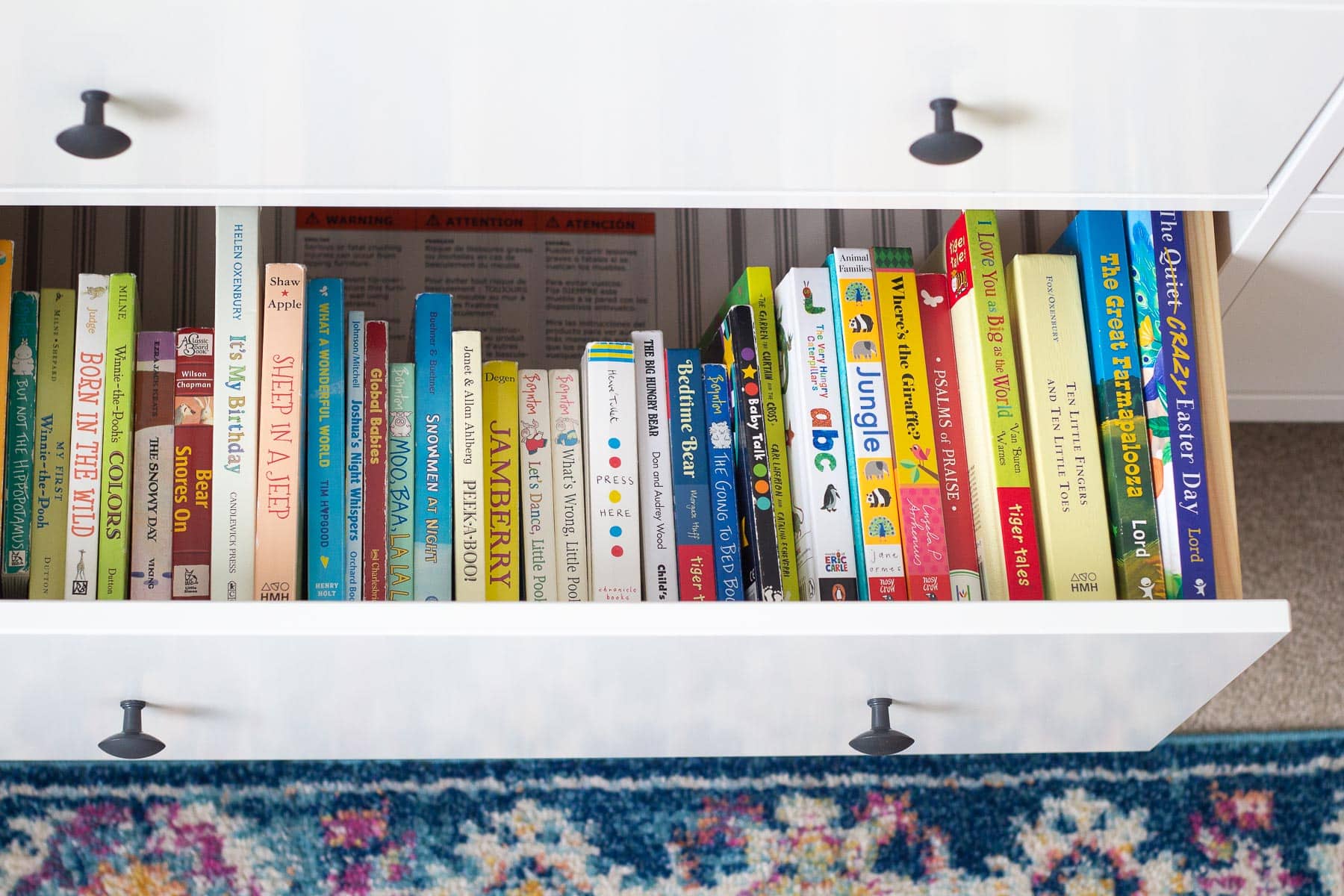

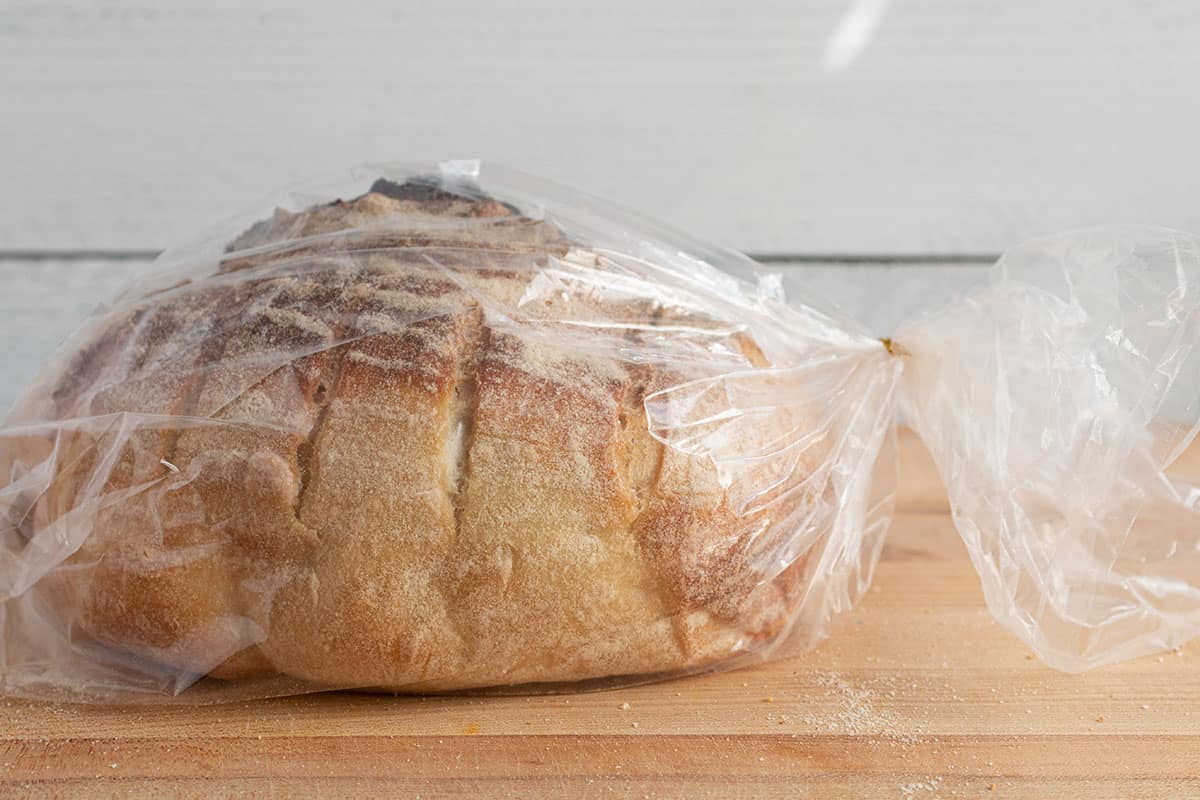
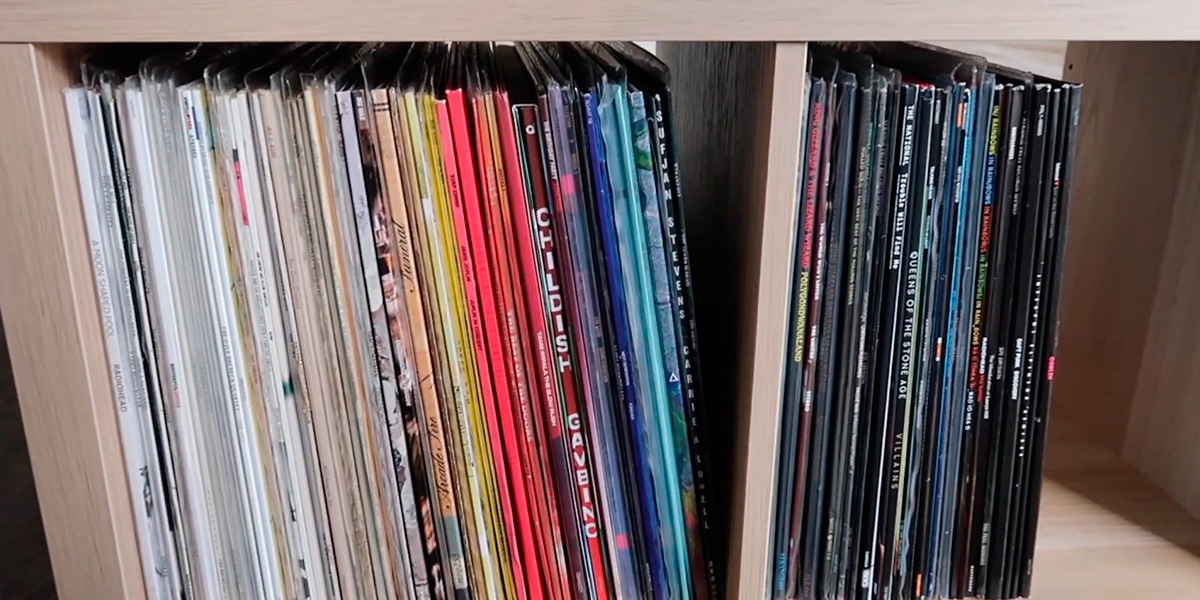



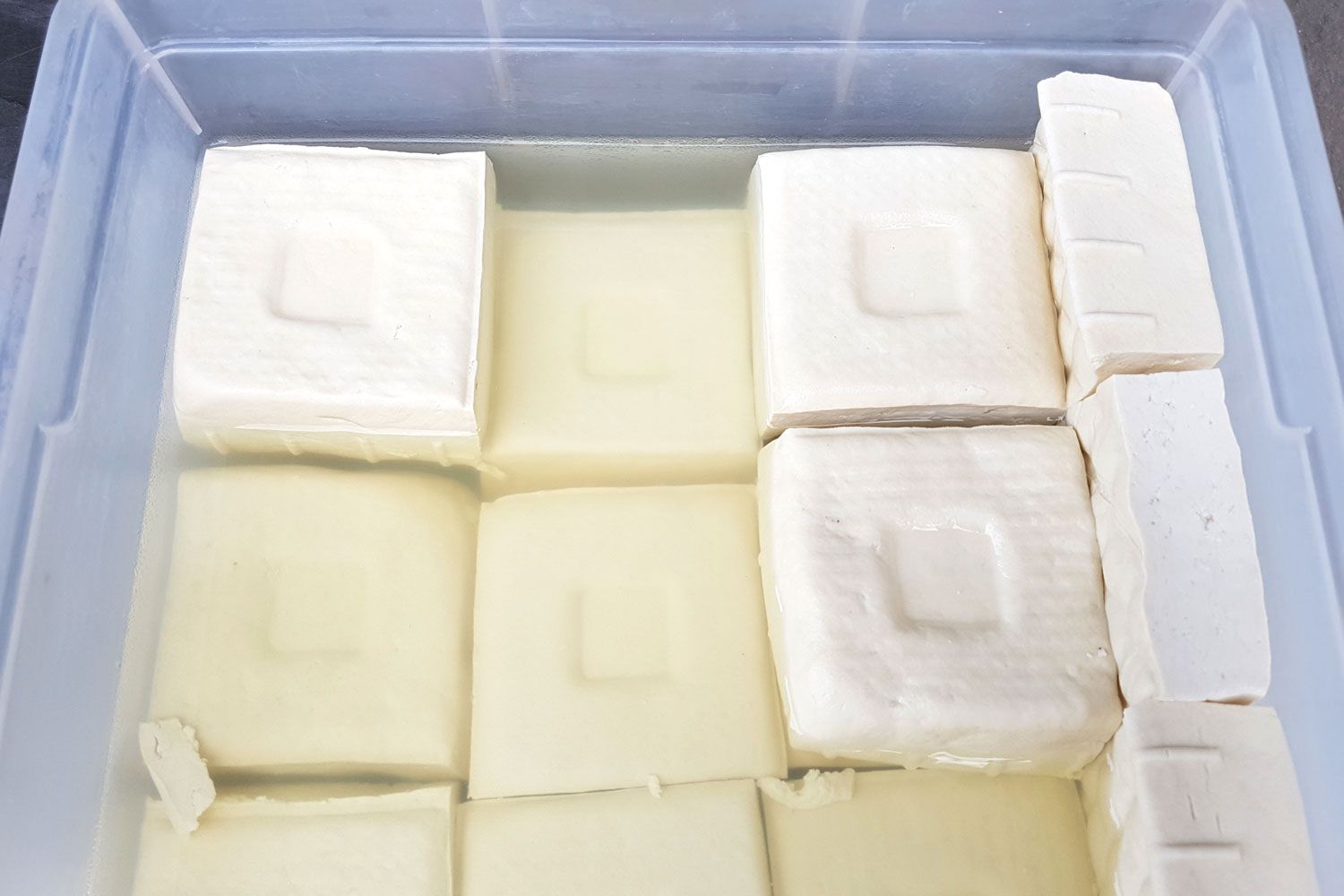

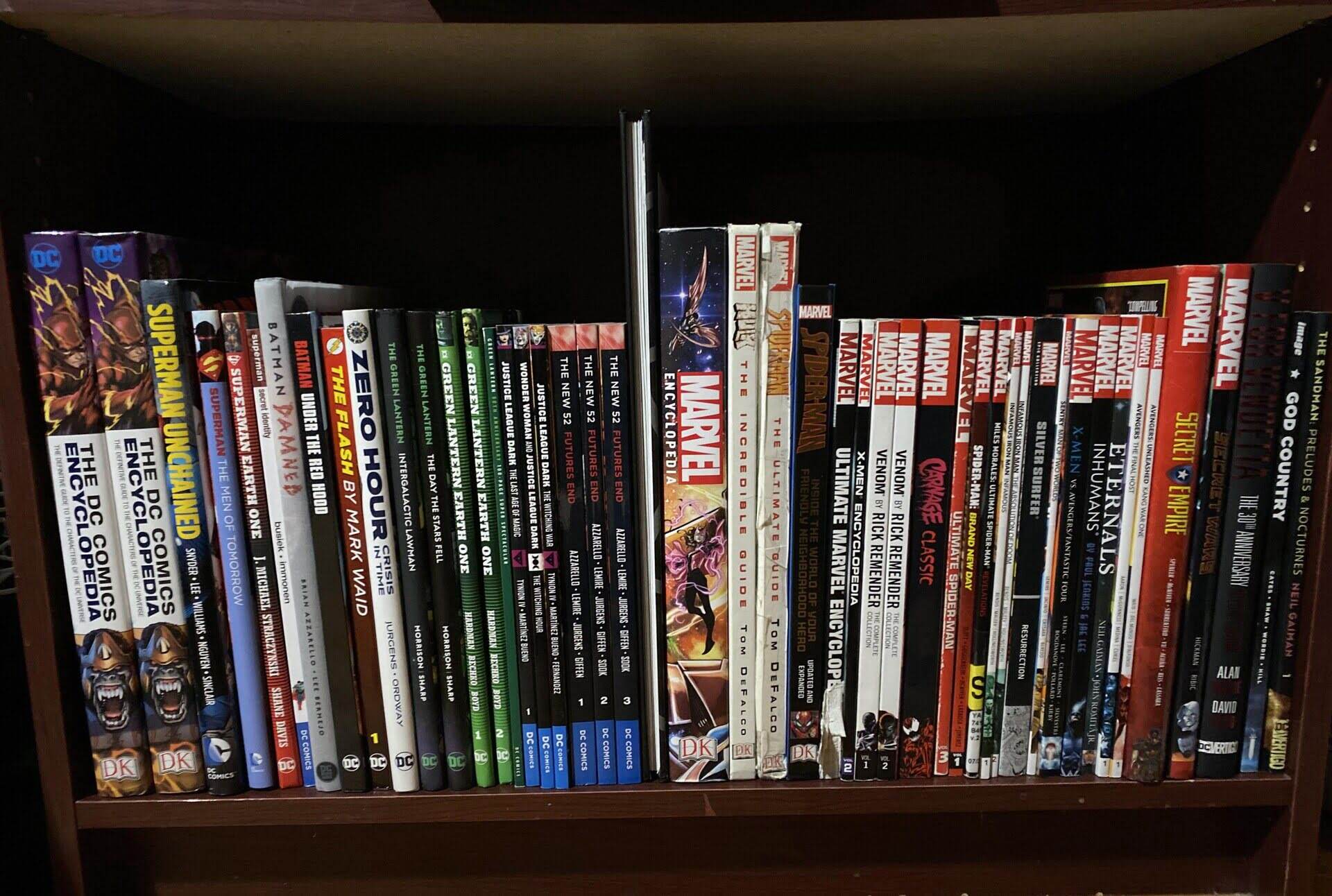




0 thoughts on “How To Store Books Properly”